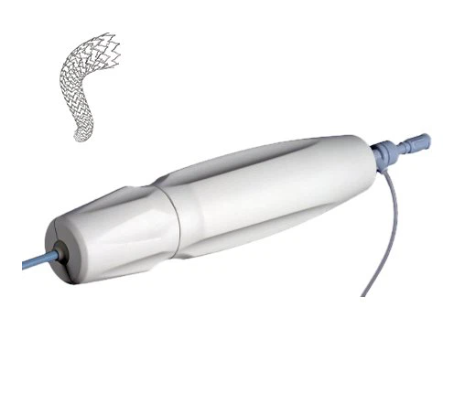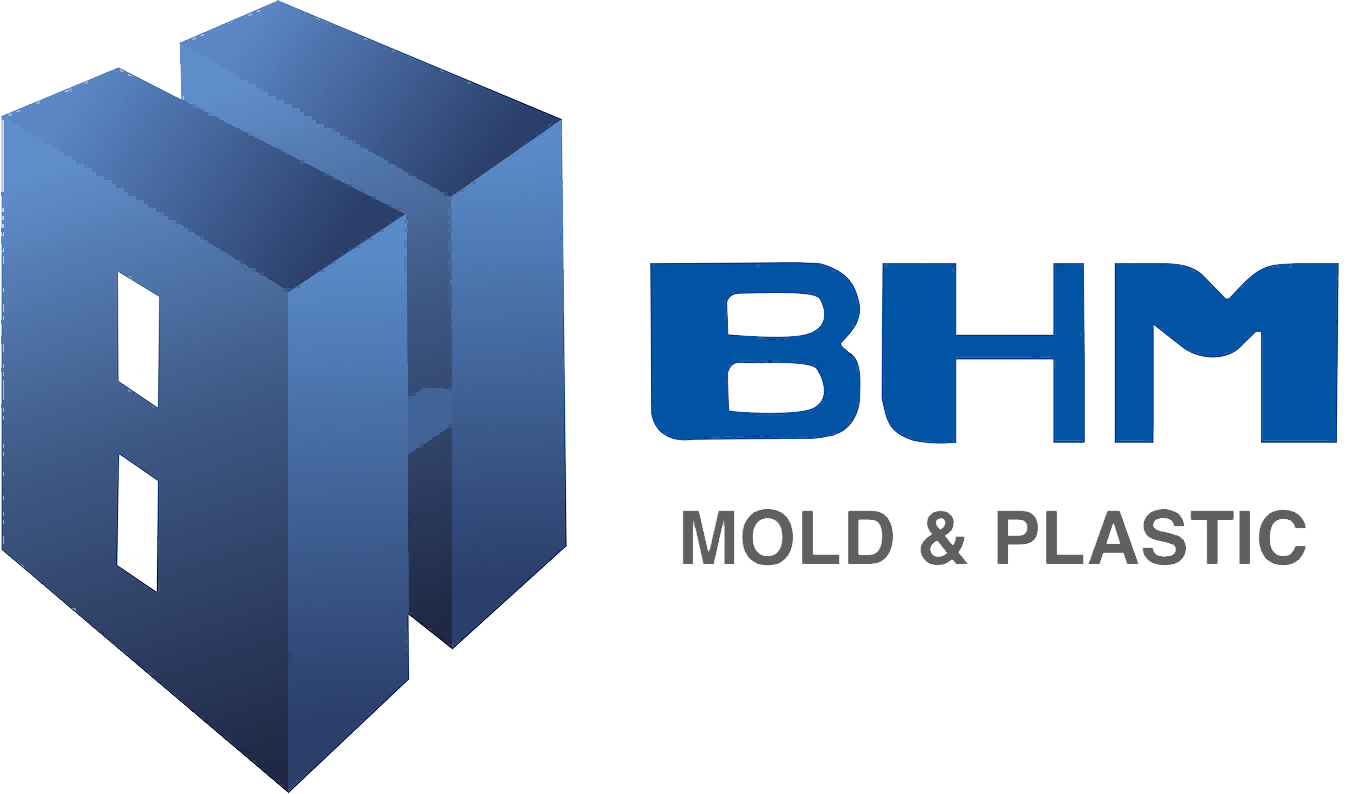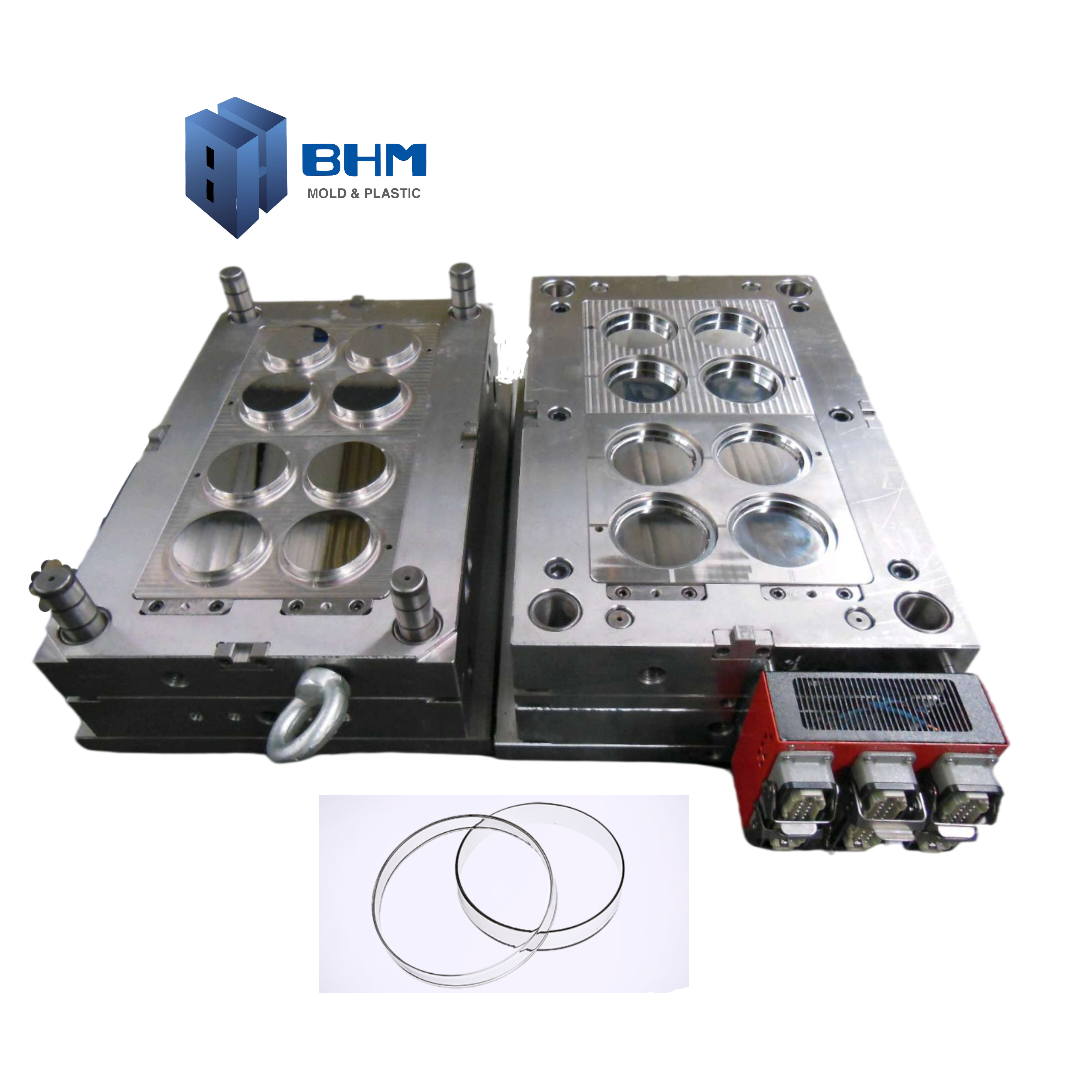Maximizing Production Efficiency Through Strategic Equipment Care
The manufacturing industry's backbone lies in its tooling systems, and proper OEM tooling maintenance stands as a critical factor in ensuring continuous, efficient operations. When precision tools and equipment perform at their peak, production lines maintain their momentum, quality standards remain high, and operational costs stay manageable. Understanding and implementing proper maintenance protocols isn't just about preventing breakdowns—it's about optimizing your entire manufacturing ecosystem.
Manufacturing facilities worldwide recognize that proactive maintenance approaches significantly outperform reactive strategies. By embracing comprehensive OEM tooling maintenance procedures, companies can extend equipment lifespan, reduce unexpected downtime, and maintain consistent product quality. This comprehensive guide explores the essential practices that keep manufacturing operations running smoothly and efficiently.
Fundamental Elements of Preventive Maintenance
Regular Inspection Protocols
Establishing a robust inspection schedule forms the foundation of effective OEM tooling maintenance. Daily visual checks should focus on wear indicators, alignment issues, and potential stress points. Operators must document any unusual sounds, vibrations, or performance changes, as these often signal developing problems that require attention.
Advanced inspection techniques, including thermal imaging and vibration analysis, can detect issues before they escalate into major problems. These preventive measures help maintain optimal tool performance and prevent unexpected failures that could halt production lines.
Documentation and Tracking Systems
Implementing comprehensive documentation procedures ensures consistency in OEM tooling maintenance across shifts and personnel. Digital maintenance management systems can track service histories, schedule upcoming maintenance, and store important technical specifications and procedures.
Modern tracking solutions often incorporate IoT sensors and real-time monitoring capabilities, providing valuable data about tool performance and maintenance needs. This information helps maintenance teams make informed decisions about service intervals and replacement schedules.
Advanced Maintenance Techniques
Precision Calibration Methods
Regular calibration maintains the accuracy and reliability of OEM tooling systems. Advanced calibration procedures should follow manufacturer specifications and industry standards. Proper calibration ensures consistent product quality and reduces waste from out-of-spec production runs.
Modern calibration techniques often utilize laser alignment tools and digital measuring devices for superior accuracy. These advanced methods help maintain tight tolerances and ensure tools perform within specified parameters throughout their operational life.
Lubrication and Cleaning Protocols
Proper lubrication represents a crucial aspect of OEM tooling maintenance. Using the correct lubricants in appropriate amounts at specified intervals prevents premature wear and extends tool life. Clean, well-lubricated equipment operates more efficiently and produces higher quality output.
Environmental considerations also play a role in cleaning protocols. Maintaining clean working conditions prevents contamination and ensures optimal tool performance. Regular cleaning schedules should account for different environmental factors and production demands.

Staff Training and Development
Technical Expertise Building
Investing in comprehensive training programs ensures maintenance staff possess the necessary skills for proper OEM tooling maintenance. Regular training sessions should cover both basic maintenance procedures and advanced troubleshooting techniques. This knowledge base helps teams identify and address potential issues before they impact production.
Training programs should incorporate hands-on experience with specific tools and equipment, ensuring staff familiarity with maintenance requirements. Continued education keeps teams updated on new maintenance technologies and best practices.
Safety Protocol Implementation
Safety remains paramount in all maintenance activities. Proper training in safety protocols protects both personnel and equipment during maintenance procedures. Clear safety guidelines and regular safety refresher courses help maintain a secure working environment.
Teams should understand lockout/tagout procedures, proper use of personal protective equipment, and emergency response protocols. This comprehensive safety awareness contributes to more effective OEM tooling maintenance practices.
Technology Integration in Maintenance
Predictive Maintenance Solutions
Modern technology offers powerful tools for predicting maintenance needs before failures occur. Artificial intelligence and machine learning algorithms can analyze performance data to forecast potential issues. These predictive capabilities help optimize maintenance schedules and prevent unexpected downtime.
Integration of smart sensors and monitoring systems provides real-time feedback on tool condition and performance. This data-driven approach enables more precise and efficient maintenance planning.
Digital Management Systems
Implementing digital maintenance management systems streamlines workflow and improves efficiency. These platforms can automatically schedule maintenance tasks, track inventory of spare parts, and generate detailed maintenance reports. Digital systems also facilitate better communication between maintenance teams and production managers.
Cloud-based solutions enable remote monitoring and management of maintenance activities across multiple facilities. This connectivity helps standardize maintenance practices and share best practices across the organization.
Cost Optimization Strategies
Lifecycle Cost Analysis
Understanding the total cost of ownership helps optimize maintenance budgets and resource allocation. Regular analysis of maintenance costs, replacement parts expenses, and downtime impact enables better decision-making about equipment replacement versus repair.
Strategic planning based on lifecycle cost analysis helps balance maintenance investments against operational requirements. This approach ensures optimal use of maintenance resources while maintaining equipment reliability.
Inventory Management
Efficient management of spare parts and maintenance supplies reduces costs while ensuring necessary components are available when needed. Just-in-time inventory systems, combined with accurate usage forecasting, help optimize storage space and working capital.
Regular review of inventory levels and usage patterns helps identify opportunities for cost reduction without compromising maintenance quality. Strategic partnerships with suppliers can also improve parts availability and reduce costs.
Frequently Asked Questions
How often should OEM tooling maintenance be performed?
Maintenance frequency depends on several factors including equipment type, usage intensity, and manufacturer recommendations. Generally, daily visual inspections, weekly basic maintenance, and monthly comprehensive services form a solid foundation. However, specific schedules should be adjusted based on operating conditions and performance monitoring data.
What are the signs that indicate immediate maintenance is needed?
Key indicators include unusual noise or vibration, decreased performance or accuracy, increased power consumption, and visible wear or damage. Any deviation from normal operating parameters should trigger immediate inspection and necessary maintenance actions.
How can companies ensure proper documentation of maintenance activities?
Implement a digital maintenance management system that tracks all maintenance activities, including date, type of service, parts used, and technician information. Regular audits of maintenance records help ensure compliance and identify areas for improvement in documentation procedures.
What role does employee training play in effective maintenance programs?
Comprehensive employee training is crucial for successful OEM tooling maintenance. Well-trained staff can perform routine maintenance tasks correctly, identify potential issues early, and respond appropriately to maintenance needs. Regular training updates ensure teams stay current with evolving maintenance technologies and best practices.

